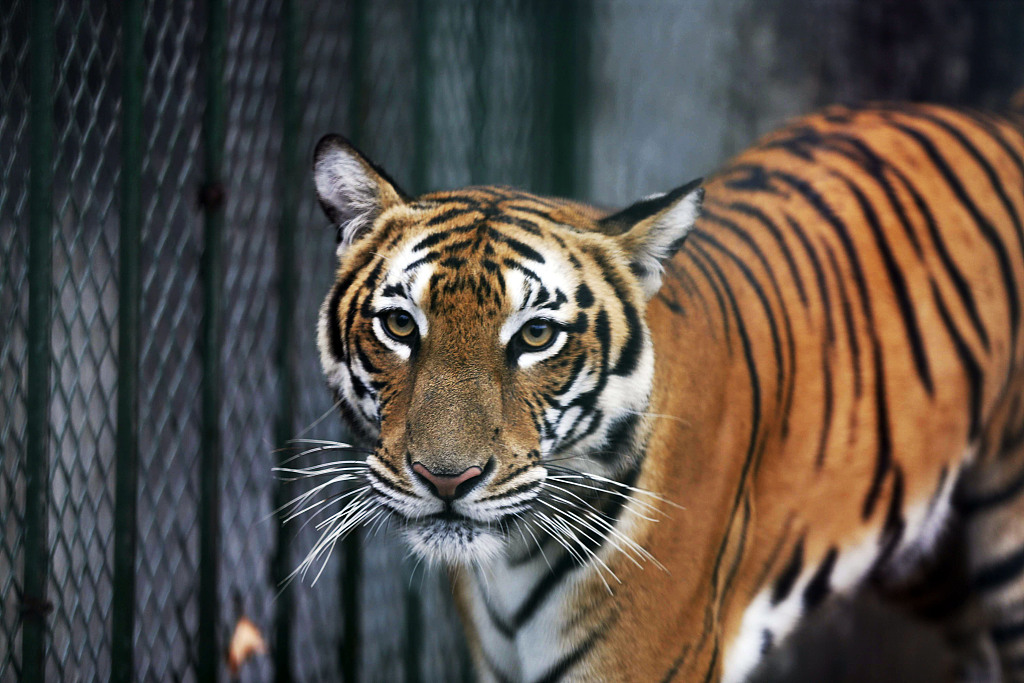
The container for South China Tiger DNA powder. (Photo: Xinhua)
China launched a carrier rocket this week containing genes from near-extinct animals in an attempt to preserve endangered wildlife.
One of the most eye-catching gene samples on the Long March rocket belongs to Kangkang, a South China male tiger from the Guangzhou Zoo in South China’s Guangzhou Province, China News Service reported Monday.
The gene-carrying rocket blasted off at the Jiuquan Satellite Launch Center in Northwest China's Gansu Province on Monday.
As the DNA ancestor of every tiger subspecies and unique subspecies in China, the South China tiger was once widely roamed China's Eastern, Central, and Southern regions.
However, the wild South China Tiger is nearly extinct now.
Aimed at preserving the tiger breed, researchers stored Kangkang's gene sample in a container designed to isolate space radiation and prevent transient high temperatures, so biological genes can be maintained in outer space for a long period.

South China Tiger (File photo: VCG)
Previous studies have confirmed that human and animal genes can be preserved in outer space as long as temperatures remain suitable and radiation is kept out of their storage environment.
The Guangzhou Zoo began conducting research on the South China tiger last year and achieved positive results.
Sending Kangkang's gene sample to outer space is meaningful to society as it helps protect the gene from human interference, according to the report, adding that sending genes to outer space could prove to be the last line of gene data preservation.
Along with the tiger gene, samples from other animals such as the snub-nosed monkey, and rice, bean and the dandelion flower are also sent to be preserved in space.


